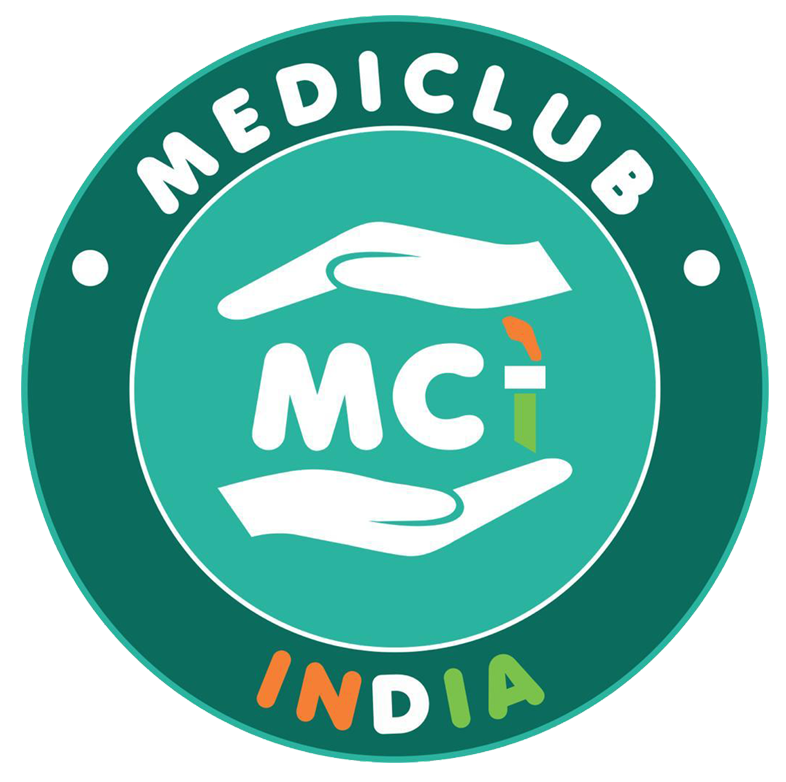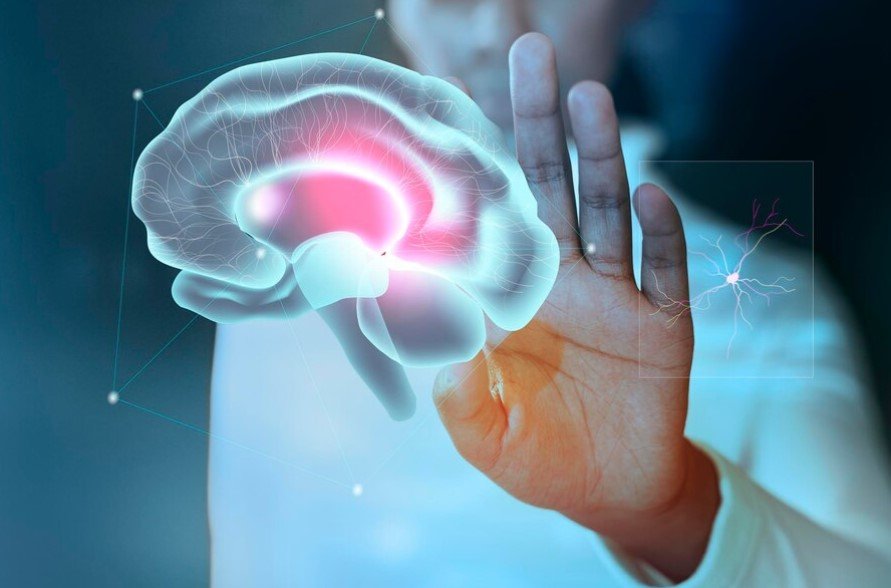Warning Symptoms of Stroke: Recognizing the Signs to Save Lives
A stroke is a serious medical emergency that occurs when the blood supply to part of the brain is interrupted or reduced, depriving brain tissue of oxygen and nutrients. This can lead to brain damage and long-term disability. Recognizing the warning signs of a stroke and acting quickly can be the difference between life and death, or a full recovery versus significant impairment. This article will explore the warning symptoms of stroke, the different types of strokes, and the importance of immediate medical attention.
Understanding Stroke
There are two main types of strokes: ischemic and hemorrhagic.
- Ischemic Stroke: This type accounts for about 87% of all strokes. It occurs when a blood clot blocks or narrows an artery leading to the brain. Common causes include atherosclerosis (narrowing of arteries due to plaque buildup) or embolism (a clot that forms away from the brain and travels through the bloodstream).
- Hemorrhagic Stroke: This occurs when a blood vessel in the brain bursts, causing bleeding in or around the brain. This type can be caused by high blood pressure, aneurysms, or arteriovenous malformations.
Recognizing the Warning Symptoms of Stroke
The key to minimizing the impact of a stroke is early recognition. The acronym FAST is an effective way to remember the common warning signs:
F – Face Drooping
One side of the face may droop or feel numb. Ask the person to smile; if the smile appears uneven or lopsided, it could be a sign of a stroke.
A – Arm Weakness
The person may experience weakness or numbness in one arm. Ask them to raise both arms; if one arm drifts downward or cannot be raised, it may indicate a stroke.
S – Speech Difficulties
Speech may be slurred, or the person may be unable to speak at all. Ask them to repeat a simple sentence; if they struggle or make mistakes, it could be a sign of a stroke.
T – Time to Call Emergency Services
If you observe any of these symptoms, it’s crucial to call emergency services immediately. Time is of the essence when it comes to treating a stroke.
Additional Symptoms to Watch For
In addition to the FAST symptoms, other warning signs may indicate a stroke:
- Sudden Confusion: Difficulty understanding speech or sudden confusion can be a warning sign.
- Sudden Trouble Seeing: Vision problems in one or both eyes, such as blurred or double vision, can occur suddenly.
- Sudden Severe Headache: A sudden, severe headache with no known cause, often described as the worst headache ever, can be a sign of a hemorrhagic stroke.
- Loss of Balance or Coordination: Sudden dizziness, loss of balance, or trouble walking can indicate a stroke.
Risk Factors for Stroke
Certain risk factors can increase the likelihood of experiencing a stroke:
- High Blood Pressure: The leading risk factor for stroke; managing blood pressure is crucial for prevention.
- Diabetes: Individuals with diabetes are at a higher risk due to the impact of high blood sugar on blood vessels.
- High Cholesterol: Elevated cholesterol levels can contribute to plaque buildup in arteries.
- Smoking: Tobacco use increases the risk of stroke significantly.
- Obesity: Excess weight can contribute to high blood pressure, diabetes, and other risk factors.
- Sedentary Lifestyle: Lack of physical activity can increase the risk of stroke.
- Family History: A family history of stroke may increase your risk.
- Age: The risk of stroke increases with age, particularly after age 55.
What to Do If You Suspect a Stroke
If you suspect that someone is having a stroke, it is essential to act quickly. Here’s what you should do:
- Call Emergency Services: Do not wait for the symptoms to improve. Call emergency services immediately.
- Note the Time: Write down when the symptoms first appeared, as this information is vital for treatment.
- Stay Calm: Keep the person as calm and comfortable as possible while waiting for emergency responders.
- Do Not Give Food or Drink: Avoid giving the person anything to eat or drink, as they may have difficulty swallowing.
Importance of Immediate Medical Attention
Time is crucial when it comes to treating a stroke. The faster a stroke is identified and treated, the better the chance of recovery. Medical professionals can use treatments like clot-busting medications or surgical interventions to restore blood flow to the brain. Delaying treatment can lead to increased brain damage and long-term disability.
Consulting a Stroke Specialist
For anyone concerned about strokes or their risk factors, consulting a stroke specialist is essential. Dr. Kunal Bahrani is the best stroke specialist in Faridabad known for his expertise in diagnosing and treating strokes. With a commitment to providing comprehensive care, Dr. Kunal Bahrani emphasizes the importance of early intervention and prevention strategies for stroke management. His patient-centered approach ensures that individuals receive personalized care tailored to their specific needs.
Conclusion
Recognizing the warning symptoms of a stroke and acting quickly can save lives and reduce the risk of long-term disability. Understanding the symptoms, risk factors, and the importance of immediate medical attention is crucial for anyone, particularly those with risk factors for stroke. If you or someone you know experiences any of the warning signs, do not hesitate to call emergency services and seek medical attention. For ongoing care and expertise, consider consulting Dr. Kunal Bahrani, a leading stroke specialist in Faridabad, for guidance on stroke prevention and treatment. Your awareness and action can make all the difference in a stroke situation.

